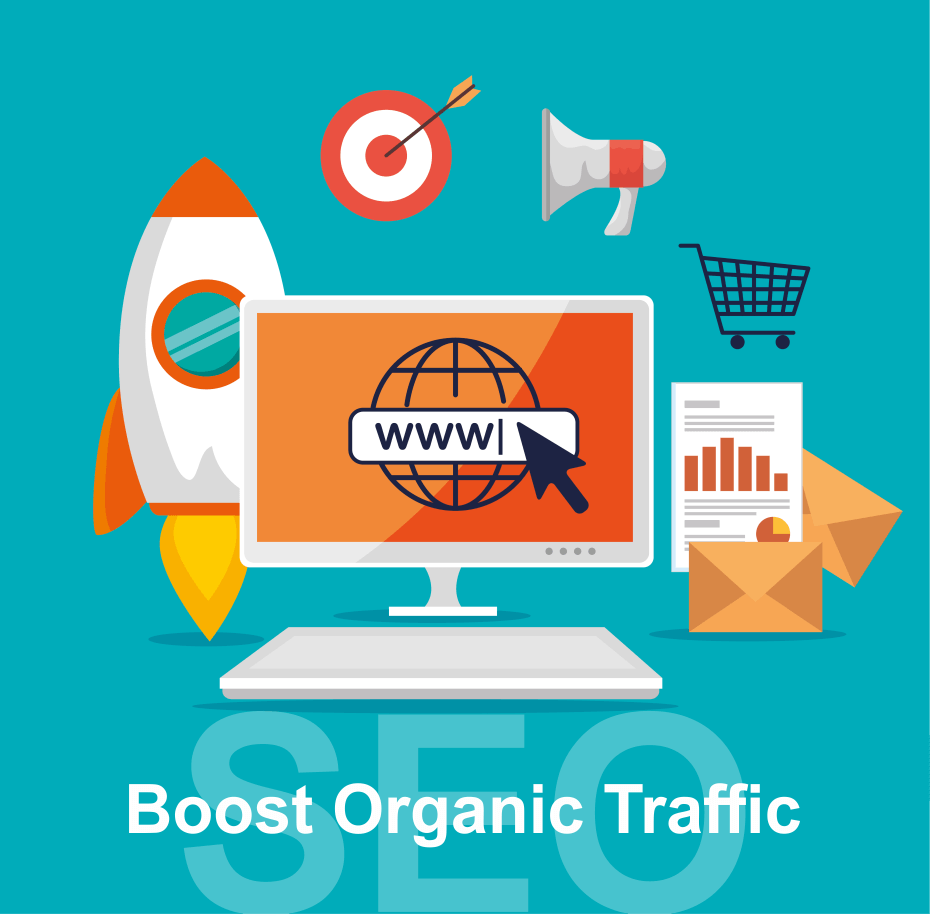
Search Engine Optimization is crucial for any website, especially for eCommerce stores. According to statistics, 74% of shoppers search for a product online before making a purchase. Usually, digital marketing strategies focus on paid ads and social media but eCommerce SEO for websites is what they should be focused on.
SEO for an eCommerce website aids in improving your online presence and driving organic traffic to your eCommerce website. This blog will explain the top strategies to optimize your eCommerce platform for search engines and catapult your visibility and sales.
Highlights

Site Audit: Conduct a thorough evaluation to uncover optimization opportunities.
Keyword Research: Identify and implement relevant keywords to align with user intent.
Image Optimization: Improve image performance and relevance for enhanced visibility.
Content Marketing: Create valuable content optimized with keywords to attract organic traffic.
Internal Linking: Strategically connect pages to improve navigation and eCommerce SEO performance.
Backlinks: Acquire high-quality backlinks to enhance credibility and search engine rankings.
Page Speed: Optimize loading times for improved user experience and higher rankings.
URL Structure Optimization: Create clear, keyword-rich URLs for better search engine visibility.
Fix Broken Links Maintain website integrity and prevent loss of organic traffic.
Sitemap: Submit a well-organized sitemap to enhance crawlability and visibility.
Duplicate Content: Ensure uniqueness across all pages to avoid SEO penalties.
Technical SEO: Optimize backend structure for improved search engine performance.














